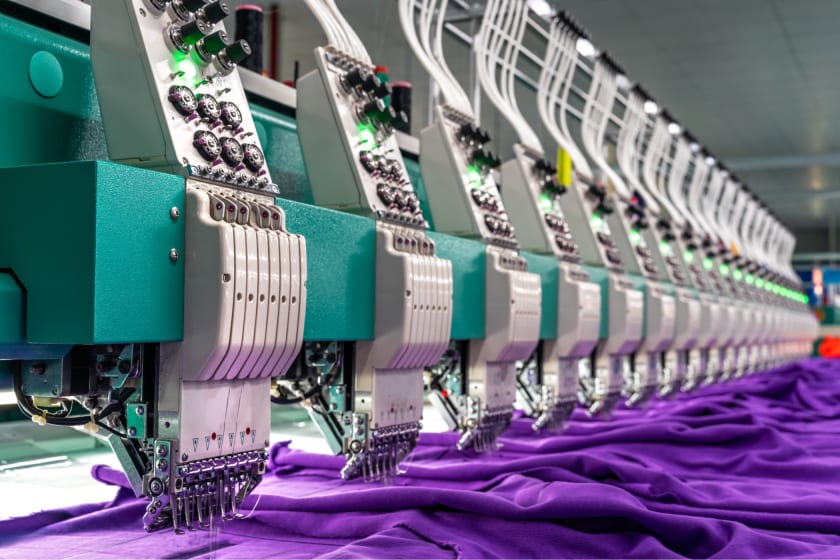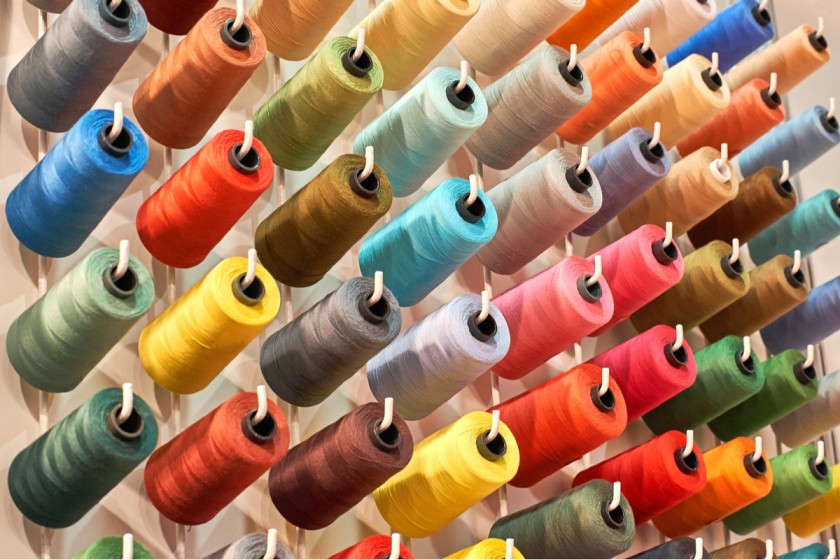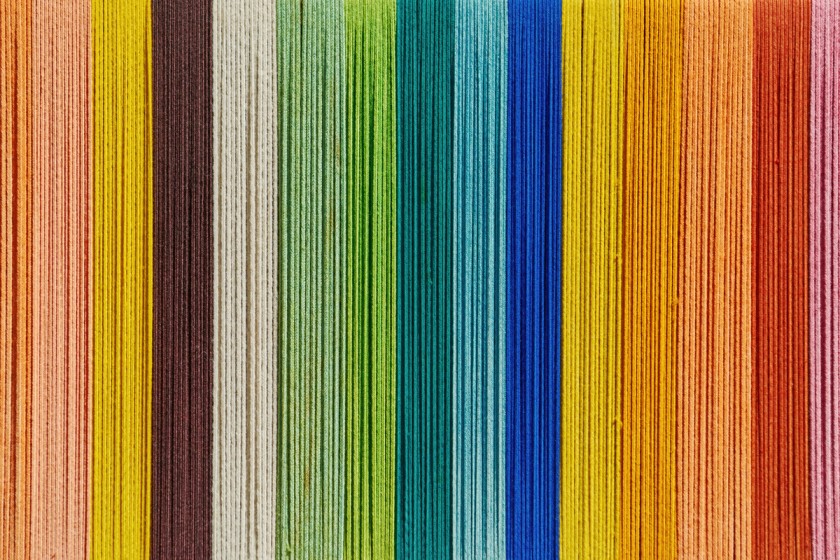Innovative Yarns for Special and Technical Textiles and its Uses



There is a rapid advancement and growing requirement of industrial textiles in multiple fields, The existing fabrics are being modified to introduce new innovative yarns to meet specific requirements of the technical textiles. To meet the demand of technical textiles, fibre and polymer technologists are consistently innovating new yarns. The functional requirements of industrial textiles depend on the particular sector.
For instance, innovative yarns with high modulus, high tenacity, and less weight are needed to meet the technical applications of filtration and sports textiles. Healthcare and hygiene textile products need toxic-free and biodegradable fibres. These fibres are highly resistant to corrosive chemicals, elevated temperatures, flames, and extreme hydrophilicity for the application of protective textiles.
Moreover, the global fashion trend is now more focused on function-based clothing styles than occasion-specific clothing. This is where fabric’s crucial role comes into play. Fashion trends like IT-embedded and temperature-sensitive industrial textiles will likely become popular and preferred apparel choices shortly.
There will be an increased focus on function-based clothing due to the rapid spread of awareness on climatic changes like eco-friendly concepts, global warming, and significant industrial development. The innovative yarns for special and technical textiles consist of fibres with intuitive, functional properties. These new yarns are the key essence of technological advancements and may differ in terms of their specific properties and end uses.
Classification of Textile Yarn construction

Yarn construction, yarn ply, and yarn count associate with each other to form the functional characteristics of the yarn.
Yarn construction can be classified into the following:
- Conventional Yarn: It is nothing but two or more single yarn fibres twisted or swirled together. They are often known as the two, three, four, or six-ply yarn, and their size and number of twirls can be altered for different fabric structures.
- Novelty Yarns: Often distinguished by the globally-introduced asymmetry in size and twist effects, these yarns are either single or plied yarn structures. However, these yarns can have uniform or random irregularities or asymmetries.
- Metallic Yarns: It is a flat yarn manufactured by varnishing aluminium pigment or coating the aluminium foil between plastic layers. Then, wide coil designs are made by cutting the webs while the rolls are split to derive fine ribbon-like yarn. After lacerating, the yarn is cut onto coils based on the ribbon type. As these industrial textiles are flatter than round like most other artificial fibre yarns, their size is specified in inches.
- Textured Yarns: These yarns are one of the best outcomes of the chemical, physical, or thermal administration of fibres and yarns to ensure they’re not straight or uniform anymore. This administration process helps technologists modify and change the fibre and yarn arrangement. The physical structure of the yarn gets changed permanently due to texturizing and yielding fibres that are no longer parallel to one another.
- Bulked/Lofted Yarns: Random loop formation in separate filaments is done to create and process the high bulk yarns. These industrial textiles introduce loops, crimps, crinkles, and curls into the yarn. Shrink differentials can also be introduced by stretching and shrinking the bulk yarn. The end result will be fluffed, bulked, twisted, and puffed yarns.
- Stretch Yarns: Almost every natural and artificial fibre can be processed to yield yarns with some level of stretch and recovery. The mechanical or chemical methods can be used for the application of stretch properties to the yarn. However, some methods or fibres will not get equally effective stretch properties.
Staple Yarns
The industrial textiles mills receive boxes of cut staple artificial fibres for getting carded and processed into yarns. It’s crucial to provide substantial blending before carding the fibres and sustained doubling of the silver when two or more staple fibres are mixed. It will ensure close and efficient blending before spinning and roving.
Staple Yarn formation: Steps involved
- Natural fibres will need cleaning and opening.
- Fibre blending will be essential to ensure uniform mixing in natural fibres.
- Carding is another crucial step in staple yarn formation.
- The combing process will be necessary for highly aligned fibres.
- The drawing and spinning process will be required to reduce the yarns’ refute, provide twists, and give interrelatedness to the yarn.
- Plying and twisting will contribute to the greater uniformity of the staple yarns.
Moreover, the filament spinning systems involve less hassle as the fibres are consistent and don’t need to be distorted to make a strong, compatible yarn.
Below are some industry-specific techniques that can be used to make yarns with staple fibres.
- Rotor spinning or open-end spinning
- Self-twist spinning
- Vortex spinning
- Twistless spinning
- Conventional ring spinning
- Friction spinning
- Electrostatic spinning
- Air-jet spinning
Innovative yarns for industrial textiles and their uses

1. Gimp, Bouclé, and Loop Yarns
- These yarns are fed at a faster pace compared to the core yarn during the spinning process. That’s how they are manufactured for industrial textiles.
- Bouclé consists of a robust twisted core yarn. After getting speedily twisted around the core, the excess yarn forms an uneven, bumpy, wavy surface.
- Almost similar to bouclé, gimp has a twisted core yarn. When rapidly twisted, its excess yarn creates a stable surface.
- When well-shaped loops are formed on the hard spun core from the excess soft spun yarn, it is loop yarn.
2. Snarl Yarns
- Snarl yarns are made just the way loop yarns are manufactured.
- However, snarl yarns have high, lively twists. They are made this way so that the excess yarn snarls and doubles up.
- It gets twisted together, similar to the way the length of cords is made on a doorknob.
3. Button or Knop Yarns
- These yarns are manufactured during the spinning process by feeding the yarns at special rates.
- However, in this case, bunches are formed from the excess yarn of one or more components.
- These can happen at irregular or regular intervals.
4. Slub Yarns
- Slub yarns are identified by alternating sections of extremely thick loose twist yarn with sections of thin, firm twist yarn.
- The sections can be at irregular or regular intervals.
5. Marl Yarns
- These yarns are manufactured by twisting and blending two or more ends of varied colored yarns together.
- The effect pattern resembles one of the consistent diagonal stripes of every colour.
6. Corkscrew and Spiral Yarns
- These are plied yarns where the yarns are wrapped up on one another instead of being twisted together.
- The corkscrew yarn has less twist involved than the spiral yarn.
- Typically, a spiral yarn consists of thinner yarn muffled around a thicker core yarn.
- Typically, a corkscrew yarn consists of softer, bulkier yarn muffled around a thin, firm yarn.
7. Chenille Yarns
- These yarns consist of a fuzzy and soft pile that is bound to the core yarn.
- Although these yarns can be spun, the machinery equipment needs to be specialised. That’s the reason why these yarns are mostly woven on a loom.
- A wrap is formed by the effect yarn, which is further bounded by the weft thread.
- The weft thread is disoriented at twice the distance of the required pile length.
- Then, the wrap is cut in half. This is done between each weft thread.
8. Ribbon Yarns
- No spinning process is involved in manufacturing these yarns.
- These yarns are excellently knitted tubes, pressured flat to portray a ribbon or a tape.
- These ribbons usually tend to be soft, silky, and velvety.
Innovative yarns: Growth and demand
Entrepreneurs can make a great profit from this excellent, unexplored opportunity. For instance, Reliance Industries has introduced its polyester fibre brand named Recron. The brand is launched in vast ranges depending on the applications like Recron LP or low-pill tow and fibre, Recron easy stretch, and more.
The primary strength of industrial textiles is its well-established production base of wide-ranging yarns from natural fibres like wool, silk, jute, cotton to synthetic fibres like acrylic, nylon, viscose, polyester. However, the need for special and technical textiles has led to the rapid production of more value-added yarns in smart industrial textiles.
Innovative Yarns: Conclusion
When it comes to conventional yarns for industrial textiles, several countries like India hold a strong position in the global market. However, with time, it has become essential to understand the need for high-performance, innovative yarns for special and technical textiles. This is why the global market is witnessing numerous types of yarns varying in terms of end-uses, properties, textures, finishes, and looks.
Most fashion brands are looking for the best suppliers to source these innovative, high-performance yarns in today’s market. This is where B2B apparel manufacturing platforms like Fashinza come to the rescue. This platform connects the fashion brand with innovative and specialty yarn suppliers from all over the world. With the increasing growth of sectors including infrastructure, automobile, health and hygiene, sports, and more, it can be said that the demand for these innovative yarn suppliers will highly increase in the future.



















